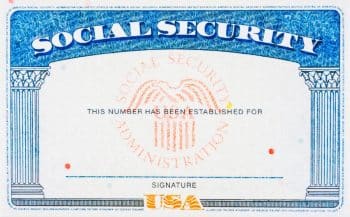Home » Business News • UK Employment news » Minimum Wage Increase Will Benefit 2.7 Million Low-Paid Workers
Minimum Wage Increase Will Benefit 2.7 Million Low-Paid Workers
https://www.whatjobs.com/news/united-kingdom/uk-employment-news/minimum-wage-increase-will-benefit-2-7-million-low-paid-workers

By Nithya Bose in Business News, posted April 1, 2024

The government's National Living Wage will increase by over £1, a major uplift for 2.7 million of the nation's lowest-paid workers.
This adjustment increases the main wage rate from £10.42 to £11.44 per hour and also extends the eligibility to workers aged 21 and up, it was previously set for those over 23.
This wage increase also benefits younger workers with adjusted rates.
Despite the positive impact on workers, some businesses express concerns over maintaining low consumer prices due to increased labor costs.
Key highlights of the wage adjustment include:
- An annual pay increase of £1,800 for full-time adult workers on the minimum wage.
- A £2,300 annual increase for 21-year-olds transitioning from a lower wage rate to the main rate.
- The wage for workers aged 18-20 will rise from £7.49 to £8.60 per hour.
- Apprentices are set to receive an hourly pay increase of over 20 percent, from £5.28 to £6.40.
Samuel, a 26-year-old employee at Grindsmith coffee house in Salford, will see his financial situation improve with this wage rise.
Before the increase, he was left with roughly £400 after covering rent and bills, often feeling financially strained.
Samuel believes the wage boost will alleviate some of the pressures brought on by rising living costs, enabling him to afford more than just the necessities.
The government follows recommendations from the Low Pay Commission when setting the minimum wage.
Given the current cost of living crisis, the commission suggested a substantial wage increase, which the government accepted.
Need Career Advice? Get employment skills advice at all levels of your career
This move aligns with the Conservative's "end low pay" objective, by elevating the minimum wage to two-thirds of the UK's median earnings.
However, small businesses like Grindsmith, led by co-founder Peter Gibson, face challenges due to these wage increases.
To sustain wage differentials within the company, Gibson must raise pay across all levels, impacting operational costs.
Potential measures to offset these costs include price increases and reduced staff hours, indicating the broader economic implications of wage adjustments.
The Resolution Foundation notes that the minimum wage increase represents a 7.8 percent real-term rise after adjusting for inflation.
This marks it as a significant policy success in reducing pay inequality since its inception in 1999.
Follow us on YouTube, X, LinkedIn, and Facebook











